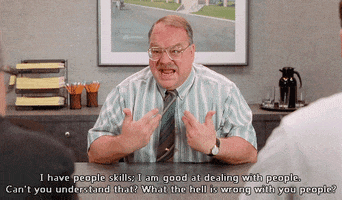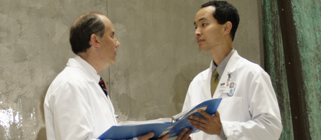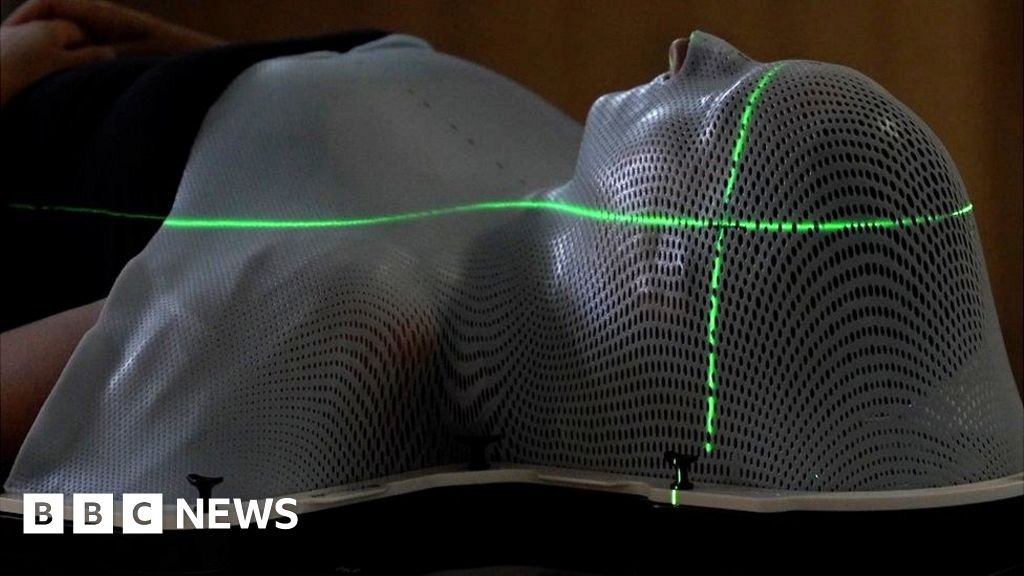- Joined
- Aug 4, 2020
- Messages
- 1,967
- Reaction score
- 3,354
I'm in a somewhat similar situation right now with my new job. Caveat that there has been part time newer grad presence for a few years working with the long term old doc so there are some more updated standards present.
I'm keeping the standard frac prostate to keep local urologists happy, but doing some other things differently and moving along slowly.
It's shocking to show up and see what has been done to these patients the last few years. Every follow up is an adventure and usually disappointing to see the old plans. Mostly not bad medicine, but just really outdated techniques and questionable decision making. Nobody here knows any differently and it will take a while to change. Very tempting to try and force it all at once but that's not the way. Luckily admin is supportive of me taking ownership (at least for now haha).
The first rule of rad club is NEVER TRUST ADMINISTRATORS
The second rule of rad club is NEVER FORGET RULE # 1 (no matter what including: if they come to your wedding, give you a 2k+ office chair, or tell you you're the most bestest swellest radonc ever)



